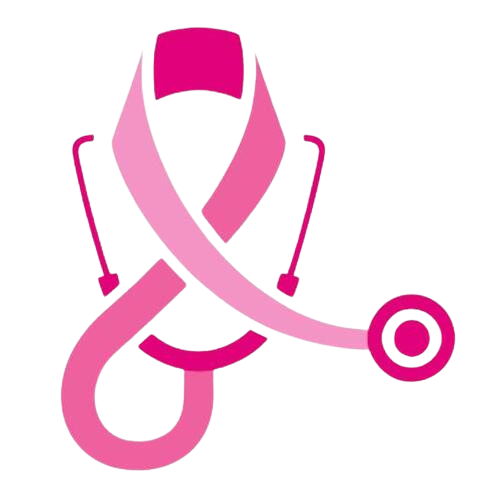About Breast and Axillary Lumps:
Breast and axillary (armpit) lumps can be concerning for individuals and often prompt a visit to a healthcare provider for evaluation. Here's some essential information about breast and axillary lumps:
Causes: Lumps in the breast or armpit can have various causes. While some may be benign, such as cysts, fibroadenomas, or swollen lymph nodes due to infection, others may be more serious, including breast cancer or lymphoma. It's crucial to have any new or unusual lumps evaluated by a healthcare professional to determine the cause.
Symptoms: Symptoms of breast or axillary lumps may include the presence of a palpable lump in the breast or armpit, changes in breast size or shape, skin changes like redness or dimpling, nipple discharge, or pain. Not all lumps are accompanied by symptoms, which underscores the importance of regular breast self-examinations and clinical screenings.
Diagnosis: Diagnosis typically involves a combination of clinical examination, imaging tests (such as mammography, ultrasound, or MRI), and possibly a biopsy to obtain a tissue sample for further evaluation. The diagnostic process aims to determine the underlying cause of the lump and guide appropriate treatment.
Treatment: Treatment options for breast and axillary lumps depend on the underlying cause. Benign lumps may not require treatment but may be monitored for changes over time. If the lump is cancerous, treatment options may include surgery, chemotherapy, radiation therapy, hormone therapy, or targeted therapy, depending on the type and stage of cancer.
Risk Factors: Several factors may increase the risk of developing breast cancer or other breast-related conditions, including family history, genetic mutations (such as BRCA1 or BRCA2), hormonal factors, obesity, alcohol consumption, and smoking. Understanding your risk factors and making lifestyle modifications can help reduce your overall risk.
Prevention and Early Detection: While not all breast and axillary lumps can be prevented, participating in regular breast cancer screenings, such as mammography, can aid in early detection and improve outcomes. Additionally, maintaining a healthy lifestyle, including regular exercise, a balanced diet, and avoiding tobacco and excessive alcohol consumption, can help reduce the risk of breast cancer and other related conditions.
If you discover a new lump in your breast or armpit or experience any concerning symptoms, it's essential to contact your healthcare provider for evaluation and guidance. Early detection and prompt treatment can significantly impact the prognosis and outcome of breast and axillary lumps.


